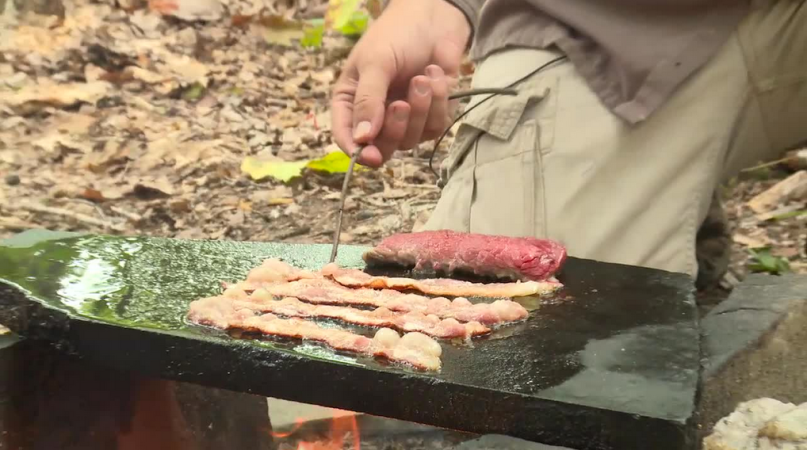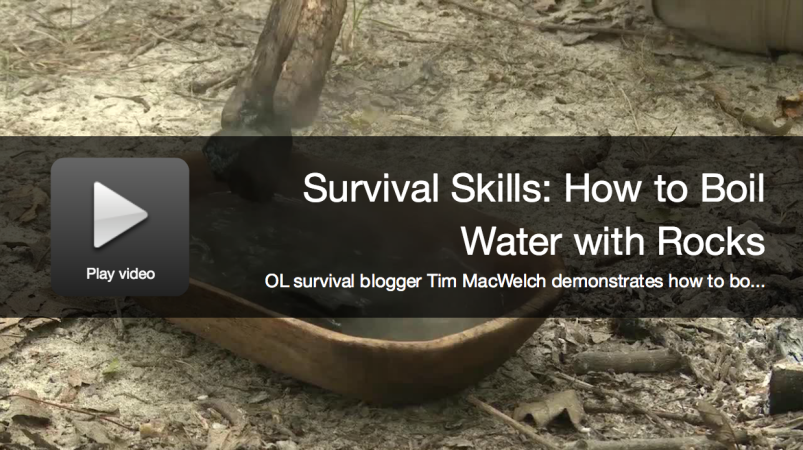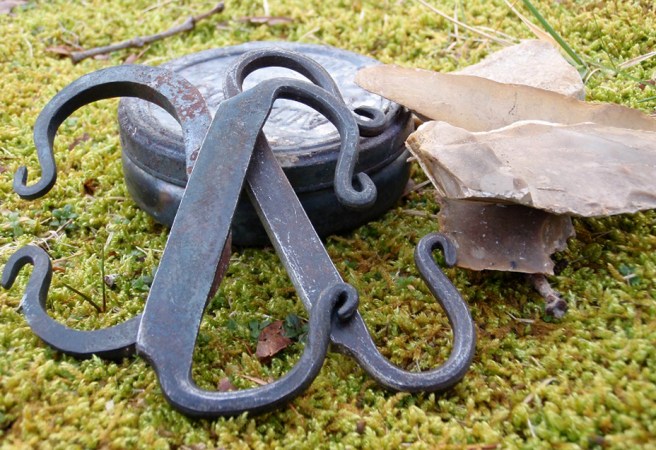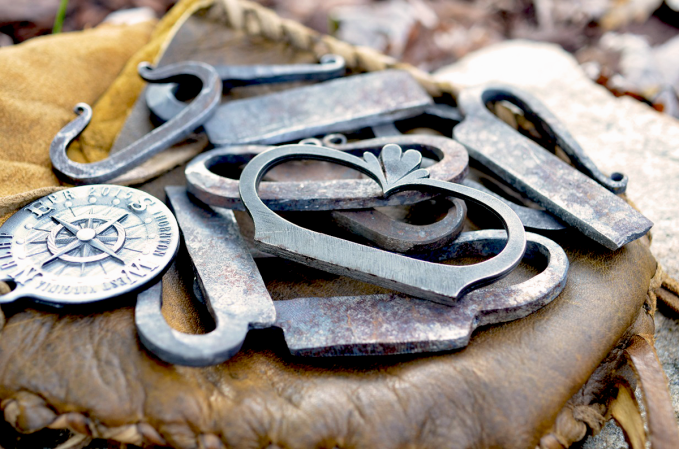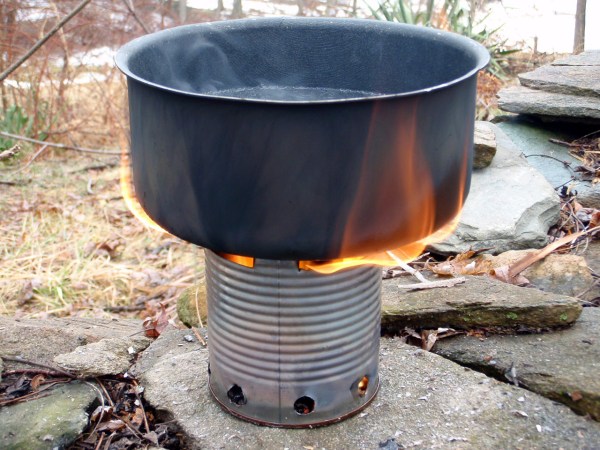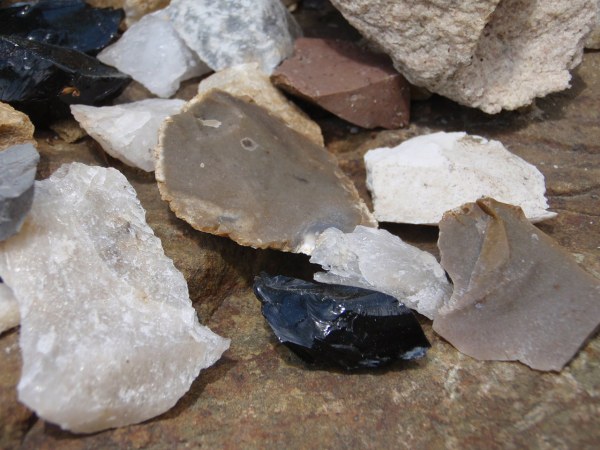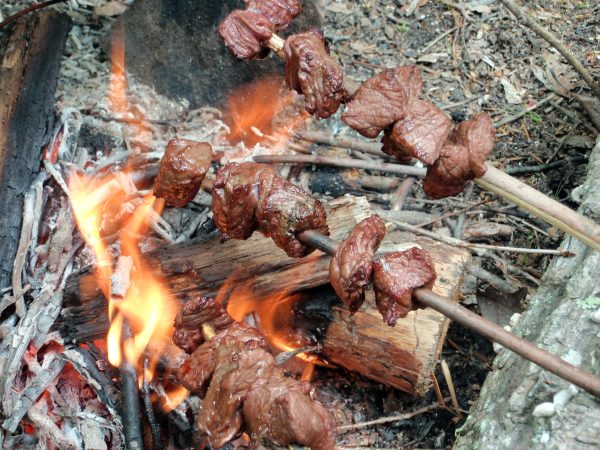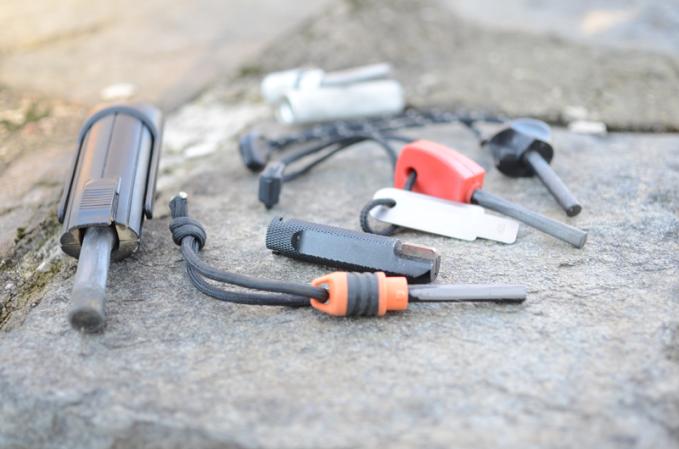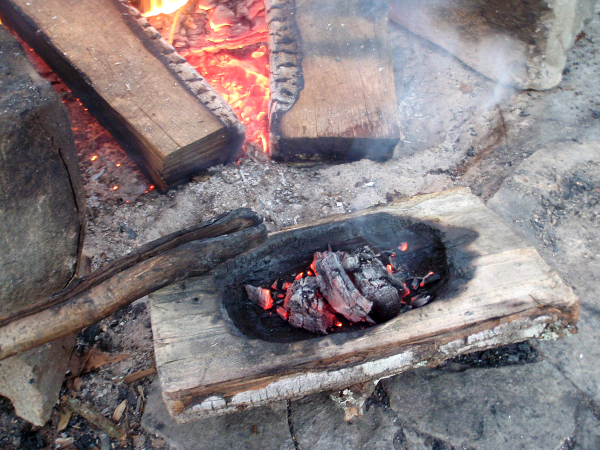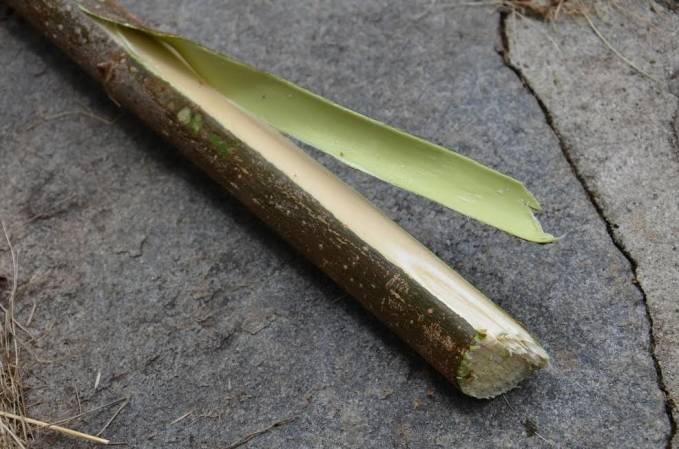We may earn revenue from the products available on this page and participate in affiliate programs. Learn More ›
While it’s always good practice to carry multiple sharp, modern knives on your hunting, fishing, and camping trips, it’s also nice to have a backup plan, or two, or three. Lucky for us, surgery-sharp, disposable blades are often as close as under our feet. Surprisingly effective blades and tools can be flaked from a variety of stones, including flint, chert, jasper, chalcedony, quartz, and obsidian. That last one is my favorite. Obsidian is a form of volcanic glass common on the west coast and around the Pacific Rim. This shiny stone is capable of breaking into such sharp pieces that the cutting edge can be just one molecule thick in some spots. That’s 25 times sharper than scalpels used in modern surgery. Here’s how to make your own insanely sharp primitive tools.
Not every rock can be broken to create a good cutting edge, but most parts of the globe have abundant rocks that work. Stone blades aren’t too hard to make, but you do need some safety equipment first. Make sure you are wearing gloves, preferably made from leather. You’ll also need glasses or goggles of some sort to keep sharp stone chips out of your eyes.
For folks on the west coast, obsidian may be no farther than the nearest creek or field. For the rest of us, there are plenty of places to order this miraculous stone on the internet. Obsidian is commonly black, but it can be many different colors or even striped. If you do decide to go with local materials and you don’t have obsidian, find a location that holds flint, quartz, or another suitable rock. If you’re not sure what’s in your area, hit a nearby museum and find out what the local arrowheads were made from. That type of rock will probably be your best bet for making blades in your region.
Select a piece of rock about the size of a small melon with a flat or concave side. A concave face is ideal, as it gives you a surface that can be struck many times and the flaking geometry is just right. This will be the rock you break into blades. Select another rock that’s round and a little bigger than a large egg. This round stone will be your hammer.
Now, with gloves and goggles on, strike the edge of the obsidian with your hammer stone from inside the concave face. Hit it hard—right on the edge—and follow through with the strike, kind of like driving in a nail with a hammer.
If you picked a good rock, and hit it hard in the right spot, you should have knocked a flake of stone from the obsidian. This blade could be flaked further to refine the shape, but the first broken edge will usually be your sharpest.
Have you ever worked stone to produce tools? Let’s hear about it in the comments.
